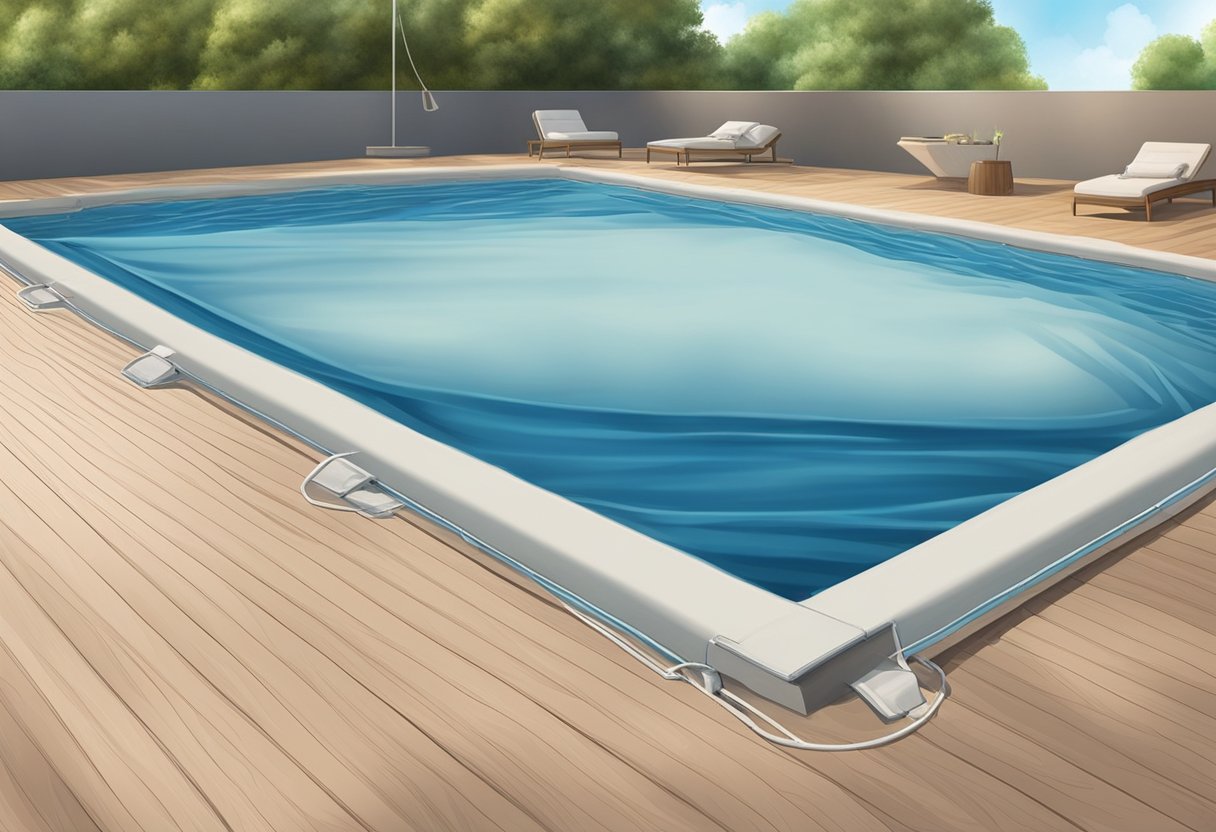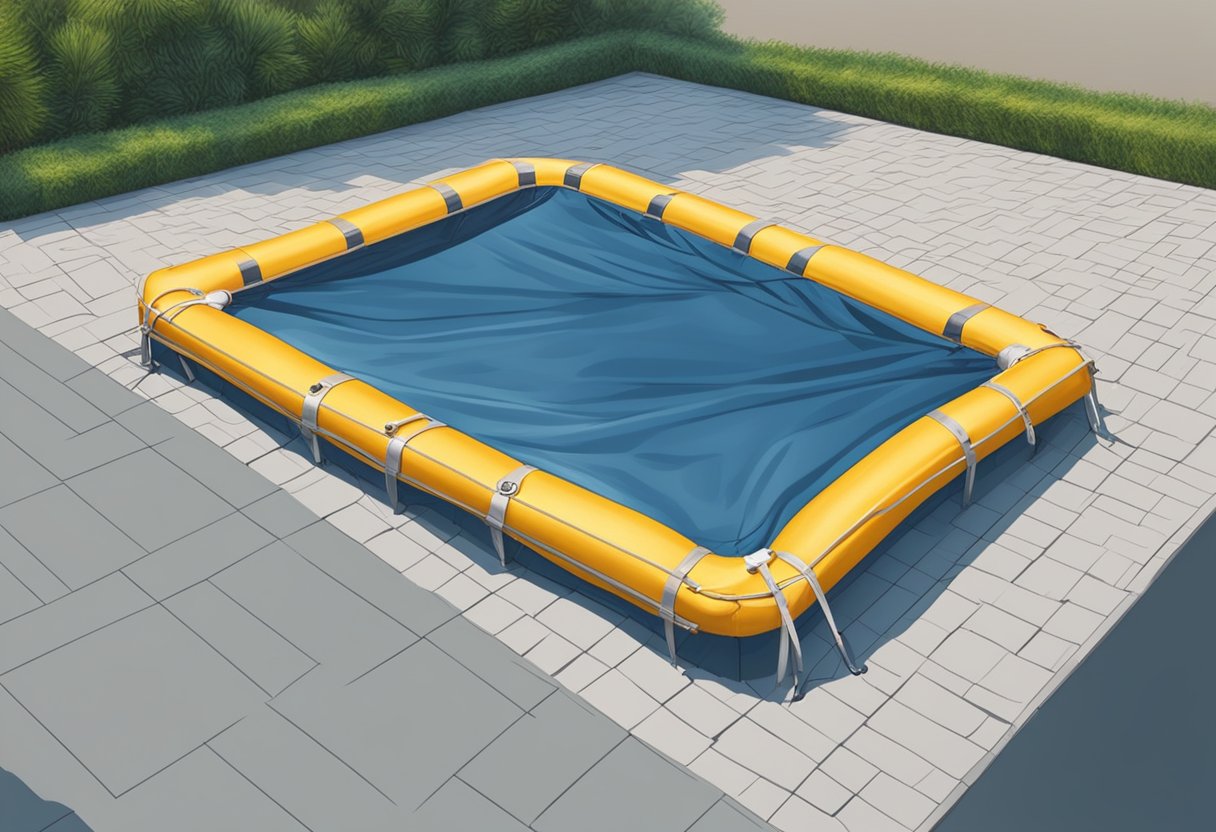Dealing with pests is an inevitable part of homeownership, but with the right approach, it can be effectively managed. Pest invasions can come in many forms, from insects to rodents and beyond. This article provides a comprehensive guide to Wave Pest Control services, covering different treatment methods, the benefits of hiring professionals, and tips for prevention.
Understanding the Types of Pest Control Services
Pest control services vary widely, depending on the type of infestation and the severity of the problem. Popular services include insect extermination, rodent control, termite protection, and wildlife management. Each of these services uses different methods and equipment to effectively target and remove specific pests.
Effective Insect Control Solutions
Ants, cockroaches, bedbugs, and spiders are among the most common pests that require targeted treatments. Pest control experts utilize advanced traps, pesticides, and other methods to remove insect pests effectively. Frequent insect control treatments can reduce the chances of insects returning, ensuring a more comfortable home.
Rodent Control Services
Mice and rats are more than just pests; they can carry diseases and cause structural damage in homes. Experts use traps, bait, and exclusion techniques to effectively manage rodent populations. These services not only remove existing rodents but also seal entry points to prevent future infestations.
Termite Control and Prevention
Termites pose a serious risk to your home’s foundation, requiring timely control and preventive measures. Professional termite control services often use baiting systems, soil treatments, and barrier methods to protect homes. Consistent termite inspections and treatments can detect activity early, preventing costly structural repairs.
Managing Wildlife Intrusions
Wild animals such as raccoons, bats, or squirrels can sometimes enter homes, leading to potential risks. Professionals use humane techniques, like trapping and exclusion, to safely remove wildlife and prevent them from returning. Humane wildlife control protects both your property and the animals, providing a compassionate solution.
Benefits of Hiring Professional Pest Control Services
Professional pest control services provide significant advantages over at-home pest management. Professionals have the knowledge, experience, and equipment to handle pests more effectively and safely. Additionally, professional services often offer long-term solutions and prevention plans, keeping pests away for longer.
How to Keep Pests Out of Your Home
Preventing pests from returning is just as important as treating existing infestations. Simple steps like sealing entry points, storing food properly, and maintaining a clean environment can make a big difference. Many pest control companies also offer follow-up inspections and preventive treatments to ensure your home remains pest-free.
Wrap-Up
Choosing professional pest control services is essential for maintaining a clean and safe home environment. From insect and rodent control to wildlife removal and termite prevention, there are solutions for every pest issue. A reputable pest control company can provide the right solutions to keep your home free from pests year-round.






